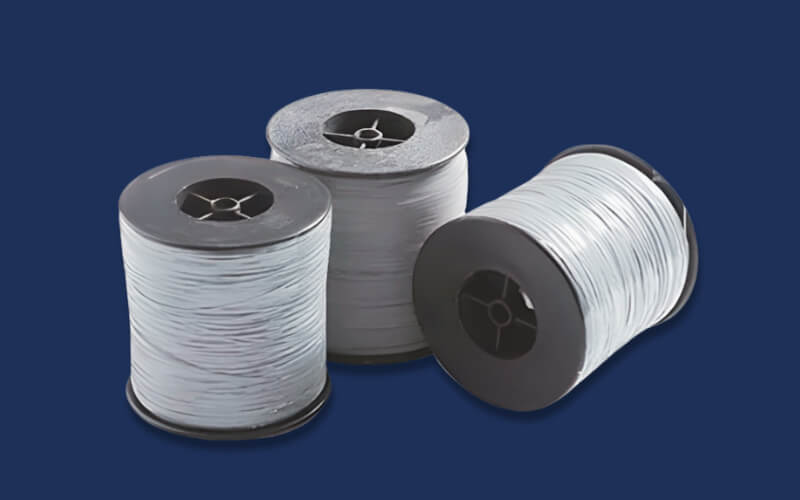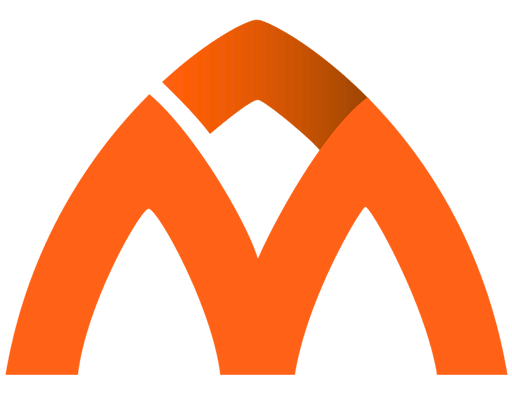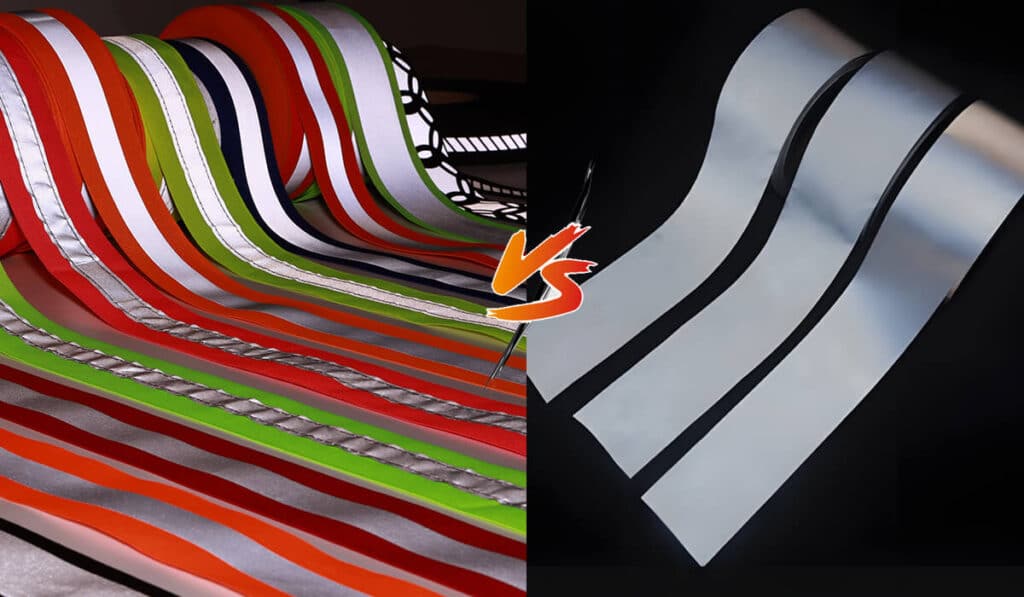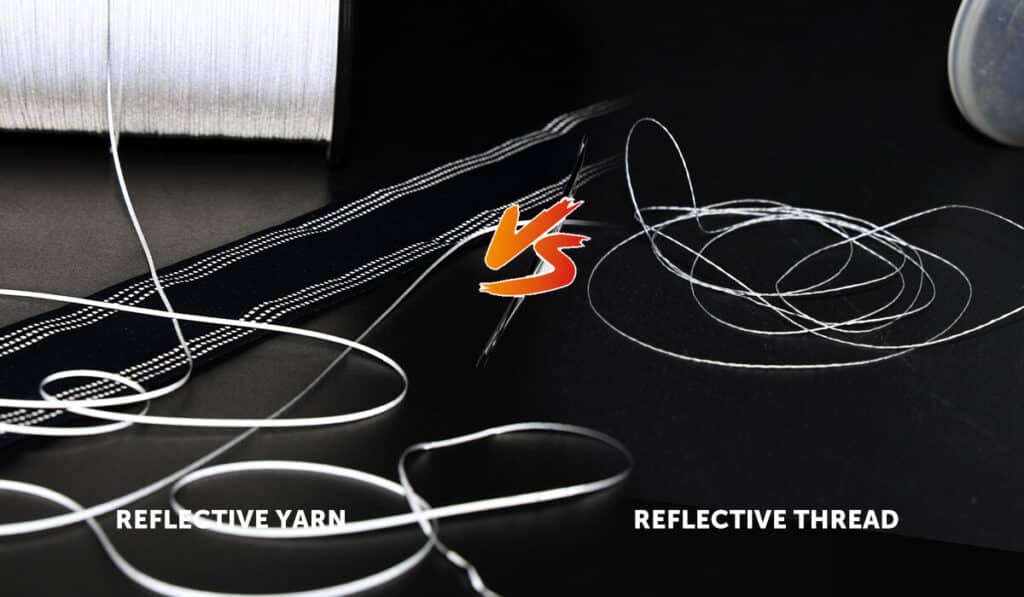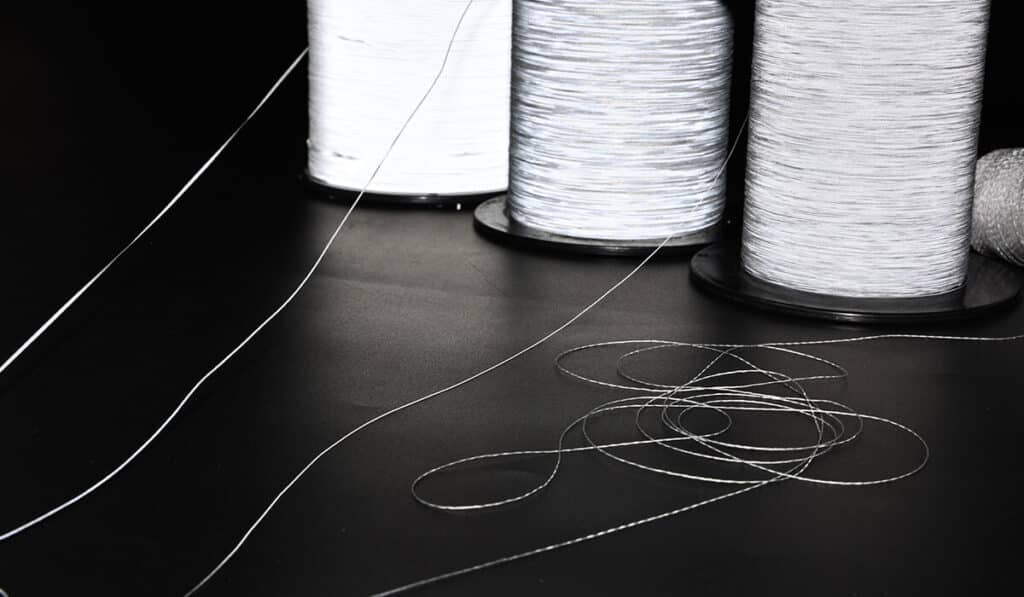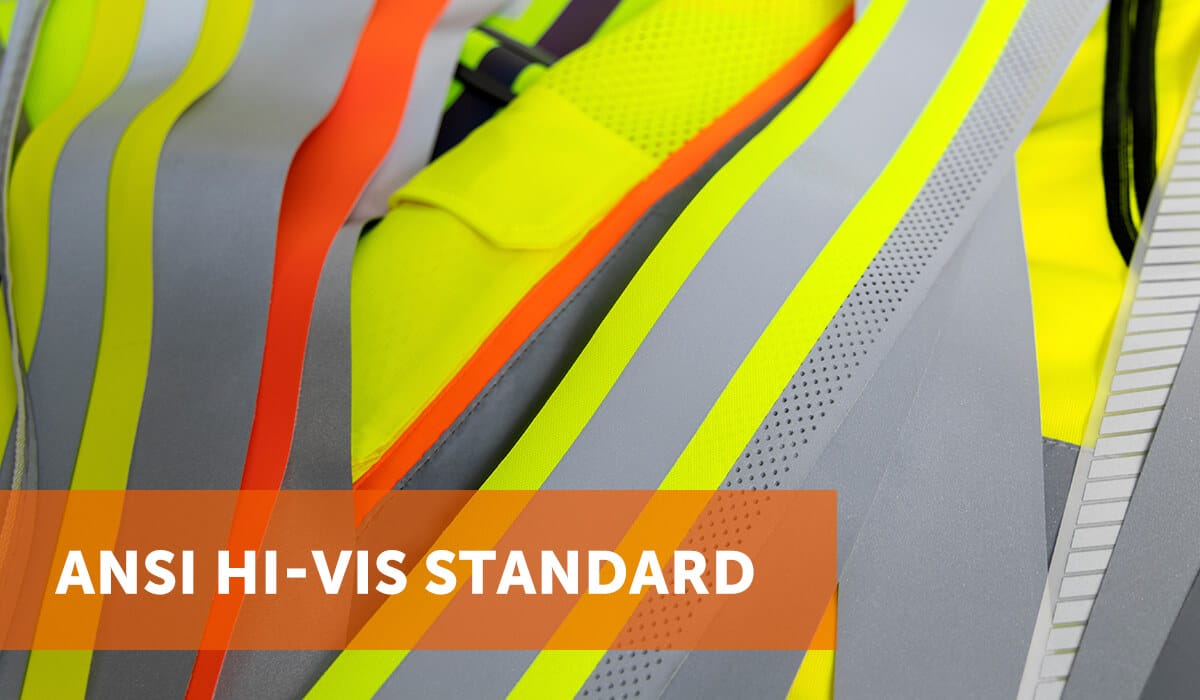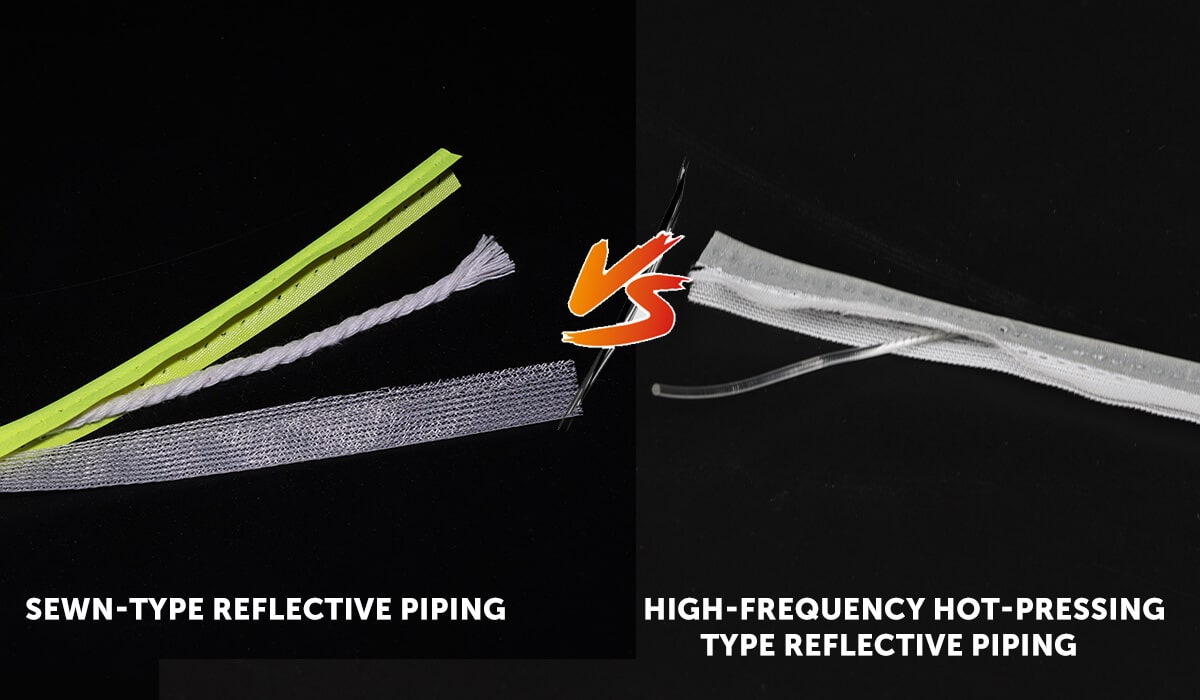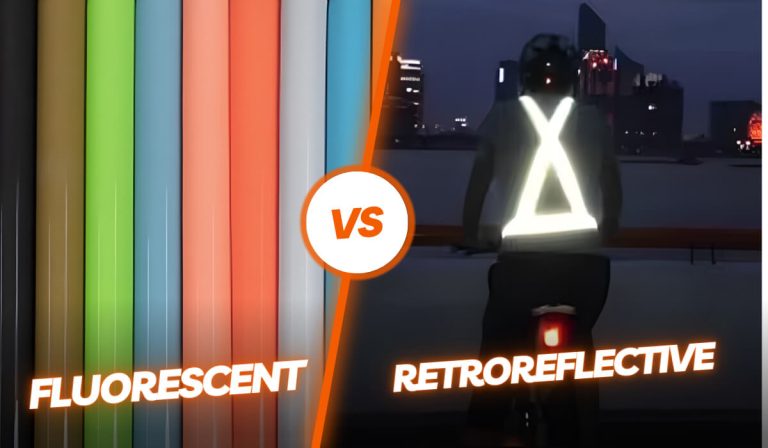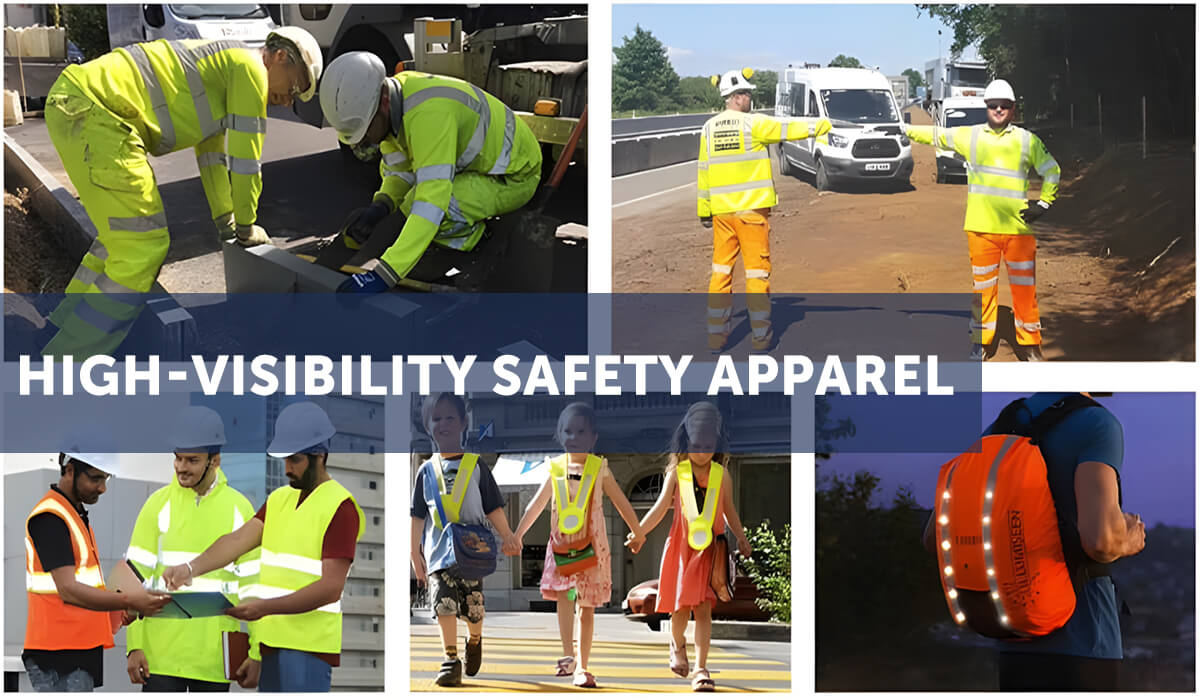The Difference Between Reflective and Retroreflective

MAX Reflective Accessories Design Director
In our daily lives, light is crucial in how we perceive the world around us. Reflection is a phenomenon where light bounces off surfaces, enabling us to see objects. However, not all reflections are created equal. Enter the fascinating realm of retroreflection—a special type of reflection where light is returned directly to its source, enhancing visibility, especially in low-light conditions.
Reflective materials have long been heralded for their indispensable role in promoting safety. Whether the stripes on a firefighter’s gear or the markings on a pedestrian crossing, these materials ensure visibility when it matters most. Beyond safety, reflective elements also make waves in the fashion industry, adding an eye-catching and futuristic flair to clothing and accessories.
This article will dive deeper into the nuances of reflective and retroreflective materials. You’ll discover their unique characteristics, applications, and the science that sets them apart.
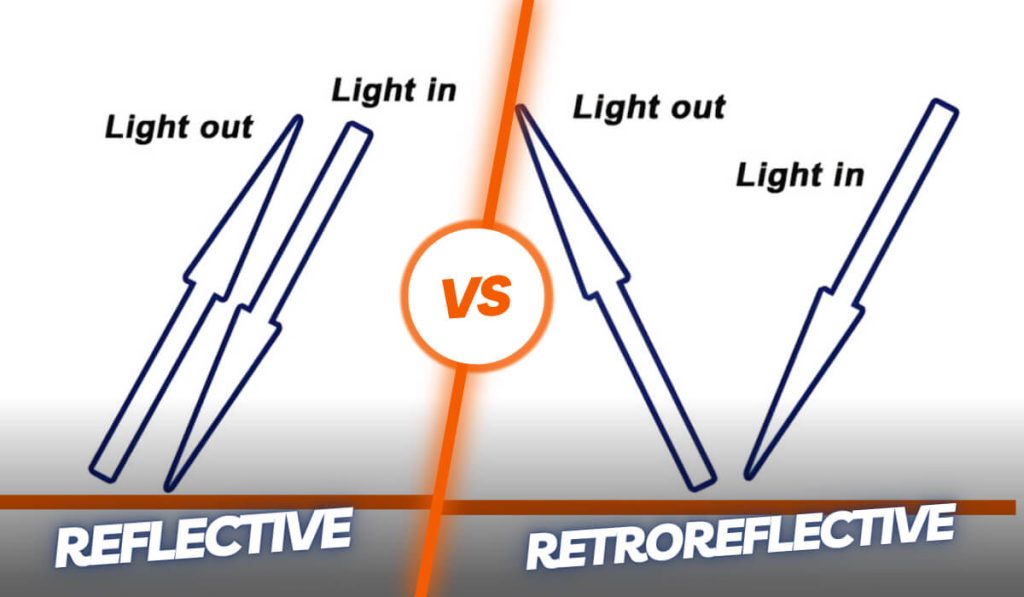
In our daily lives, light is crucial in how we perceive the world around us. Reflection is a phenomenon where light bounces off surfaces, enabling us to see objects. However, not all reflections are created equal. Enter the fascinating realm of retroreflection—a special type of reflection where light is returned directly to its source, enhancing visibility, especially in low-light conditions.
Reflective materials have long been heralded for their indispensable role in promoting safety. Whether the stripes on a firefighter’s gear or the markings on a pedestrian crossing, these materials ensure visibility when it matters most. Beyond safety, reflective elements also make waves in the fashion industry, adding an eye-catching and futuristic flair to clothing and accessories.
This article will dive deeper into the nuances of reflective and retroreflective materials. You’ll discover their unique characteristics, applications, and the science that sets them apart.
The Difference Between Reflective and Retroreflective
The difference between reflection and retroreflection reveals their unique roles and applications in our world. Whether it’s ensuring road safety or creating stunning visuals in the fashion world, understanding these differences enriches our everyday experiences.
Light Reflection Direction and Behavior
Reflection:
- Direction: In standard reflection, light rays strike a surface and bounce off at an angle equal to the angle of incidence, adhering to the law of reflection. This means the reflected light disperses in various directions, depending on the surface angle.
- Behavior: Regular reflection is typical with smooth and shiny surfaces like mirrors or calm water, where light reflects uniformly but disperses widely.
Retroreflection:
- Direction: Retroreflection uniquely reflects light back toward its source, regardless of the angle of incidence. This selective return of light ensures maximum visibility to the original light source.
- Behavior: This behavior is achieved by specific structural configurations, allowing for enhanced visibility in low-light environments.
Material Structure and Composition
Reflection:
- Structure: Materials that exhibit regular reflection usually have a smooth, polished surface. Common examples include glass mirrors or metallic finishes.
- Composition: These materials may consist of graphene-coated surfaces, silvering (in the case of mirrors), or other reflective coatings.
Retroreflection:
- Structure: Retroreflective materials usually comprise tiny, spherical beads or micro prisms embedded in a substrate. These structures redirect light directly back to its source.
- Composition: Retroreflective fabrics and surfaces often integrate glass beads or corner cube prisms, meticulously designed to focus returning light efficiently.
Applications
Reflection:
Fashion and Apparel: Used in activewear, casual clothing, and accessories to enhance both style and safety, particularly in urban settings and outdoor activities.
Retroreflection:
- Safety Apparel: Commonly used in high-visibility clothing for emergency responders, road workers, and cyclists to enhance nighttime safety.
- Traffic and Transportation: These are found in road signs, vehicle license plates, and pavement markings to improve visibility in low-light or adverse weather conditions.
- Industrial Use: Applied in warehouses and factories on machinery and safety barriers to prevent accidents.

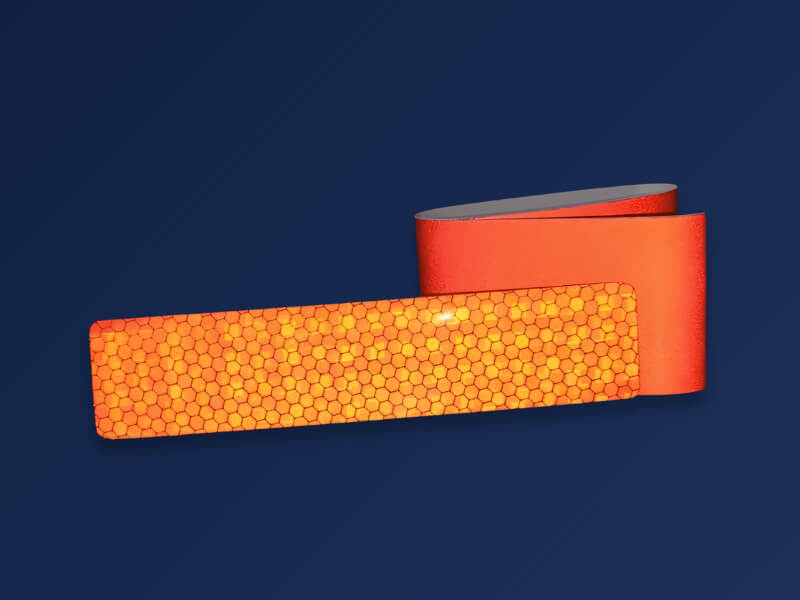
The cooperation between Reflective and Retroreflective
Certainly! The cooperation between reflective and retroreflective materials offers a synergistic approach to enhancing visibility and safety, particularly in low-light conditions. Let’s delve into how these materials work together and their combined benefits.
Enhanced Visibility
When reflective and retroreflective materials are combined, such as neon yellow shirts with reflective silver stripes, they provide visibility from multiple angles and in various lighting conditions.
Reflective Attributes: The base material, often in bright colors like neon yellow, ensures high contrast against most backgrounds, making the wearer visible during daylight and twilight.
Retroreflective Stripes: The addition of reflective stripes ensures that even when there is minimal ambient light, such as during nighttime or in poorly lit areas, light directed at the person (like from vehicle headlights) is efficiently returned to the source.
Aesthetic and Design
Considerations
Beyond functionality, these materials can be incorporated into stylish designs for broader applications, including casual wear, sports apparel, and accessories, without compromising safety. Fashion designers are increasingly using this technology to merge style with safety.
Conclusion
In summary, the cooperation between reflective and retroreflective materials represents a comprehensive approach to visibility and safety, adaptable to various environments and applications.
Reflective and retro-reflective materials improve visibility and safety in various industries. MAXreflective is committed to providing a one-stop solution for the reflective accessory needs of our diverse customer base. From reflective belts to armbands, our products ensure you can stand out in style and safety day and night.
Take the first step towards a safer, more eye-catching future by exploring our full range of reflective safety accessories today.

Related blogs

Related products
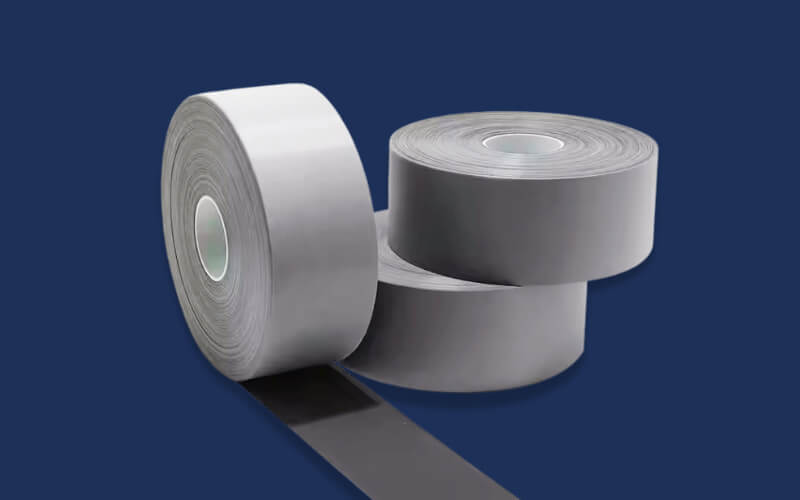
Reflective Tape For Clothing
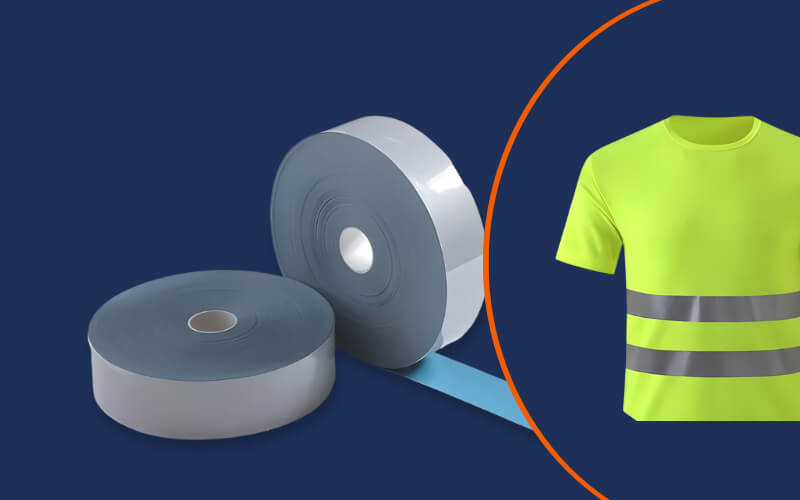
Reflective Heat Transfer Vinyl
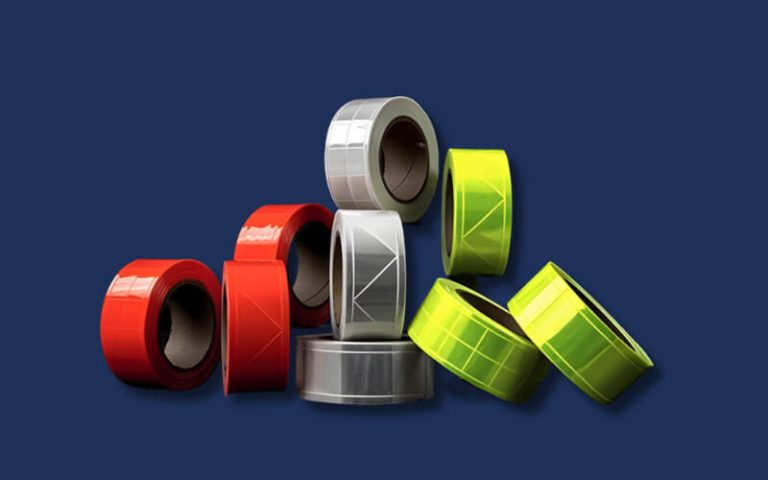
PVC Reflective Tape
